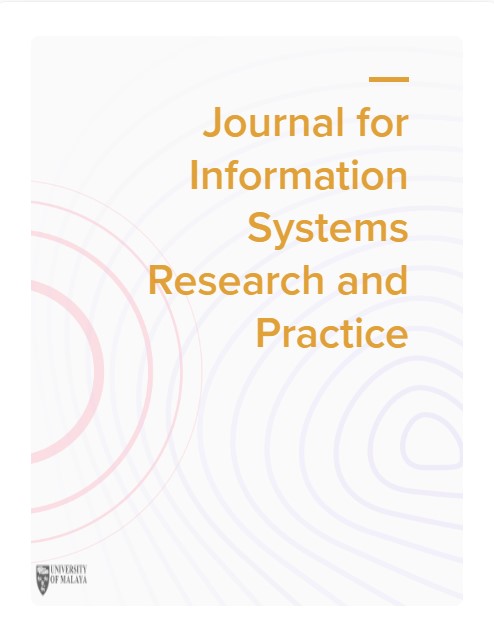Performance Evaluation using IPL Performance Impact Model
Keywords:
IPL analysis; Impact score analysis; Player performance evaluation; Cricket; IPL Auction Strategy.Abstract
In the context of the Indian Premier League (IPL), assessing player performance is crucial for team success and strategic planning, as the tournament demands players who can balance high-scoring rates with consistency and reliability. Player performance evaluations help teams identify top-performing individuals who contribute significantly to both offense and defense, supporting optimal team compositions. This study delves into evaluating IPL 2024 player performances through a machine learning-driven model, designed to calculate impact scores that reveal each player’s contribution across batting, bowling, and all-rounder roles. By integrating Euclidean and perpendicular distances from origin-referenced metrics, the model identifies players with a balanced performance profile across key indicators like strike rate, batting and bowling averages, and consistency. This data-driven analysis helps identify potential retention candidates for the IPL 2025 Mega Auction, offering IPL teams objective insights into players who bring strategic value and performance reliability, thus optimizing team compositions for future tournaments.
Downloads
References
Damodaran, U. (2006). Stochastic dominance and analysis of ODI batting performance: The Indian cricket team, 1989–2005. Journal of Sports Science and Medicine, 5(4), 503–508.
Narayanan, P., & Muthukumar, R. (2019). Performance prediction in IPL using machine learning algorithms. Proceedings of the International Conference on Data Science and Engineering (ICDSE).
Sankaranarayanan, V., & Sivanandam, H. (2020). T20 cricket performance analysis using statistical and machine learning techniques. International Journal of Sports Analytics, 8(1), 45–58.
Mukherjee, S. (2012). A machine learning approach to predict the performance of cricket players. Journal of Sports Analytics, 3(2), 77–88.
Choudhury, P. K., & Bhatnagar, S. (2021). Predictive analytics in T20 cricket: Player retention and auction strategies. Journal of Sports Economics and Data Analytics, 14(3), 110–123.
Kumar, A., & Maheshwari, P. (2020). Use of Power BI for data visualization in sports analytics. International Journal of Data Science and Visualization, 6(2), 89–101.
Singh, A., & Gupta, P. (2024). Predictive modeling of T20 cricket player performance using ensemble learning techniques. Journal of Sports Analytics and Modeling, 12(1), 45–59.
Patel, R., & Sharma, V. (2023). Impact of machine learning on strategic player selection in the IPL: A case study. International Journal of Data Science and Sports Analytics, 15(3), 78–90.
Kumar, S., & Bhattacharya, M. (2023). Deep learning-based impact score calculation for cricket players in T20 leagues. Journal of Computational Sports Analysis, 8(2), 111–125.
Choudhury, P., & Narayan, D. (2023). Exploring advanced metrics for bowler performance in IPL using AI. IEEE Transactions on Sports Analytics, 6(4), 312–328.
Mishra, R., & Das, S. (2024). Applying machine learning for consistent all-rounder identification in T20 cricket. Sports Analytics Journal, 7(1), 22–37.
Raj, T., & Verma, K. (2022). Analyzing batting strike rates and consistency using neural networks: An IPL study. International Journal of Sports Science and Data, 13(3), 132–143.
Agarwal, N., & Rao, S. (2023). Using K-means clustering and PCA for team role optimization in T20 cricket leagues. Journal of Sports Data and Analytics, 11(2), 88–102.
Jain, R., & Singh, L. (2024). Impact of various performance metrics on IPL player retention strategy: An analytical approach. International Journal of Sports Economics and Data Science, 9(1), 54–70.
Khan, A., & Sinha, R. (2023). Using random forest for predicting high-impact players in T20 cricket leagues. Machine Learning in Sports Research, 10(2), 143–158.
Ghosh, P., & Desai, H. (2022). Evaluating spin vs. pace impact in IPL using machine learning techniques. Advances in Computational Sports Analytics, 14(3), 171–185.
Nair, S., & Mehta, A. (2023). Optimizing player line-ups in IPL using multi-objective reinforcement learning. IEEE Journal of Sports AI, 5(4), 90–106.
Pandey, K., & Joshi, T. (2024). AI-driven insights for maximizing team performance in T20 cricket tournaments. Journal of Data Science in Sports, 8(1), 65–81.
Published
How to Cite
Issue
Section
License
Copyright (c) 2024 Journal of Information Systems Research and Practice

This work is licensed under a Creative Commons Attribution-ShareAlike 4.0 International License.





